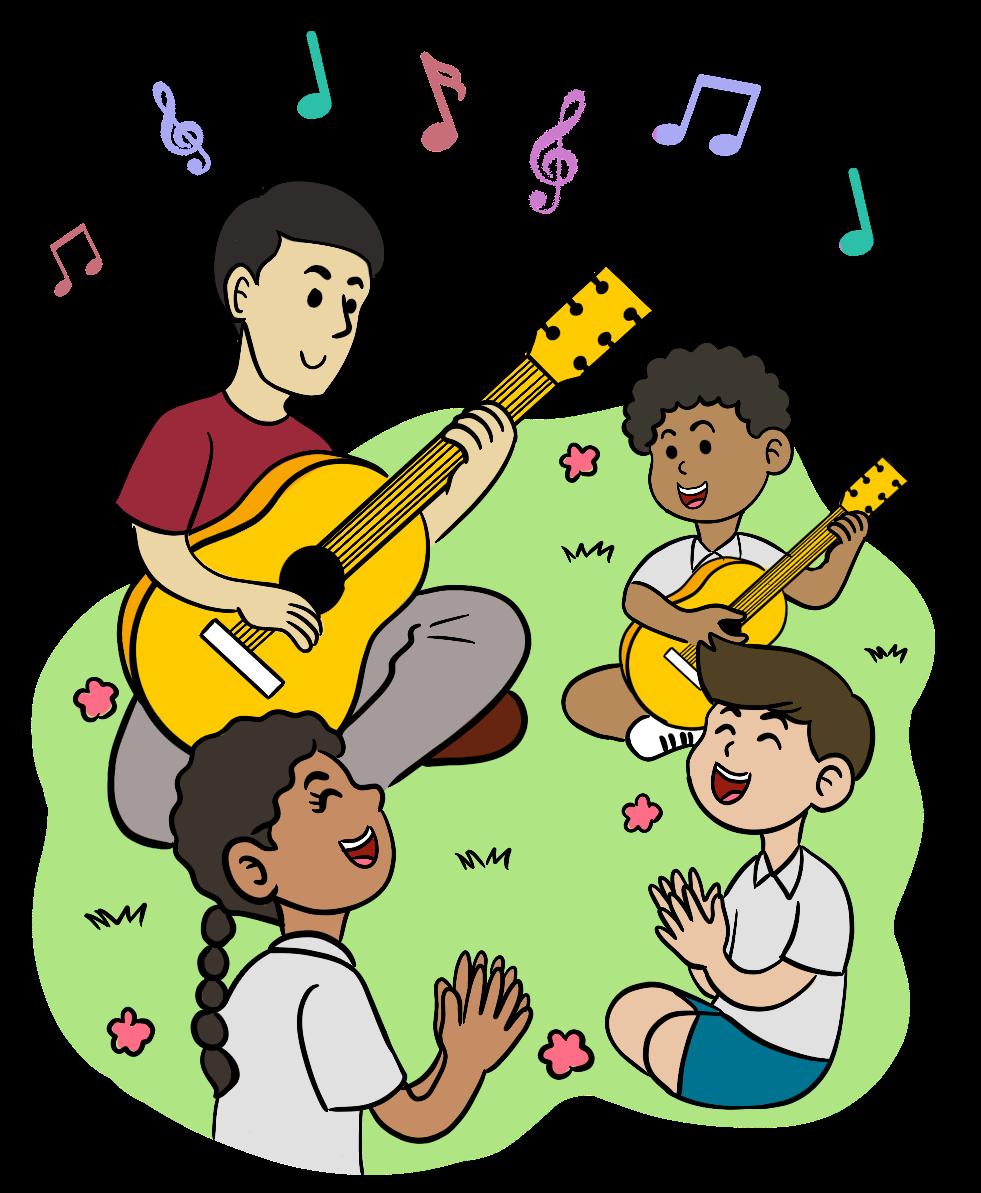
5 minute read
Heart of Gold I: Inclusivity as an Act from the Heart
6-min read
Ubuntu is a South African philosophy that emphasizes the importance of interconnectedness, kindness, and compassion. Umuntu ngumuntu ngabantu; a person is a person through other persons; I am, because we are. ‘Ubu’ expresses the interconnectedness of individuals, and ‘ntu’ expresses the uniqueness of every individual. Since every individual is unique, then by the same token, every individual could be at risk of exclusion in some way.
In schools, a student who feels included in one context could feel excluded in another one. As the student population in Singapore becomes more diverse, exclusion may occur more frequently. There is thus an increasing need for inclusive education. For example, the Singapore Ministry of Education’s rationale for the importance of providing support for students with special educational needs (SEN) is to provide a more inclusive and safe learning environment for them, enabling all students to progress towards becoming independent, lifelong learners.
What is inclusivity?
Inclusivity relates to Ubuntu in the sense that both involve a sense of connection and shared humanity. Inclusivity is “a process of addressing and responding to the diversity of needs of all learners through increasing participation in learning, cultures and communities, and reducing exclusion within and from education.” (UNESCO, 2005, p. 13).
The idea of being a part of a community also relates to the learning goals of civic literacy in the 21CC Framework (2023), which guide students to be active in engaging with and contributing to the school, community, and nation. If students do not feel included in these communities, they will not be motivated to play active roles to improve it.
So, what does it mean to feel included? Anderson et al. (2014) reconceptualised Bronfenbrenner’s (1993) ecological systems theory to suggest a framework for an ecology of inclusive education. According to this framework, students need to be able to participate in activities and shared experiences, achieve their learning goals, and feel valued. Since learners are at the centreof the ecology, the inclusive process may begin with considering who we seek to include.
The ecology of inclusive education
Who do we think of when we see the words “inclusive education”? Is it the student with ADHD who has a shorter attention span than their peers? Is it the student with selective mutism who has only chosen to speak to you? Or is it all of your students?
In 2018, Prof Martin Fautley and Dr Alison Daubney found that there is an uneven focus on the inclusion of students with special education needs in music education research. However, inclusive music education should seek to include all excluded students, such as students who are disaffected, come from low-income families, minorities, or are culturally or socially excluded.
To be truly inclusive, our inclusive strategies must come from the heart; from our desire to see all students participate in quality musical experiences, achieve their musical learning goals, and feel valued in our music classrooms. Our heart drives us to understand and prioritise all student needs, whether these are physiological, safety, love and belonging, esteem, or selfactualisation needs (see Maslow’s hierarchy of needs, for example).
For example, two of the inclusive pedagogical approaches we commonly use are differentiated instruction and Universal Design of Learning (UDL). We apply these approaches because we recognise that students are diverse, and therefore have different strengths and needs.
However, in our zeal to hone inclusive pedagogical strategies, we may have ironically excluded the very people we seek to include. Do we listen to students’ voices when facilitating inclusion? Out of 119 articles on music education that were reviewed to pen this article, only three had investigated student voice in inclusive practices. How do students experience inclusion? Why is feeling included important to students? Do students’ definitions of inclusion align with ours?
A successful inclusive pedagogical approach would thus focus more on students than the choice of inclusive strategy, because it is driven by our heart for our students. After all, compassion leads to action.
How then, can we ensure that we are truly inclusive?
Is inclusive education simply about ensuring all students feel included? Or is there more to inclusion?
In our journey through this article so far, we have only considered “who” to include, but how about “what” to include? What do we think of when we see the words “inclusive education”?

At the beginning of this article, we considered how the Ubuntu philosophy relates to inclusivity as it emphasizes connectedness, kindness, and compassion. Ubuntu also recognises that a community consists of not only humans, but also ancestors, other living beings, nature, and the cosmos.
Humans do not exist alone on this planet, and many nonhumans are in fact valuable partners in music-making processes. For example, Smetana’s Má Vlast would not exist without the castles, rivers, and woods of his fatherland. Herbie Hancock’s Head Hunters would not exist without his partnership with synthesisers. In fact, music itself is a nonhuman that partners with us in our endeavours to facilitate inclusive music classrooms. As Friends in Concert 2024 participants this year shared in their reflections, “music binds and holds”.
Thus, inclusive music education is driven by our heart for students, heart for music, and heart for the wondrous world that we inhabit; a heart of gold.









